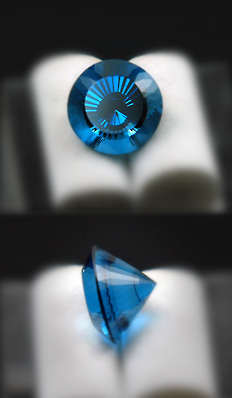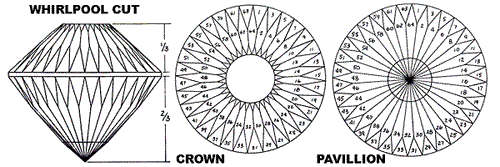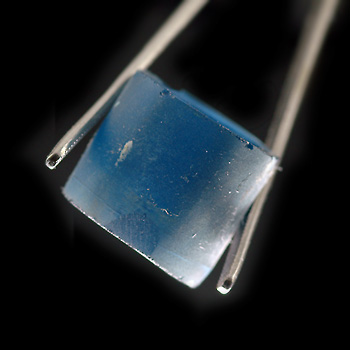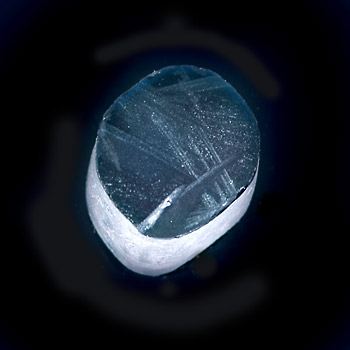| Spinel can be made in the Verneuil process just like corundum, but the starting materials are a mixture of MgO and Al2O3. Spinel is a magnesium aluminate. The mixture is rich in aluminum oxide and this promotes growth of the crystal.
General info on Verneuil Process.
Synthetic spinel can be made in a wide variety of colors depending on the secondary chemicals added. The ratio of magnesium oxide to aluminum oxide also effects the color, with chromium added, red, blue or green spinel can be created depending on the ratio of the starting oxides.
Many of the colors are used to "simulate" other gemstones. Blues have been create to simulate topaz, and aquamarine. Red to pink to dark blue to simulate ruby or sapphire.
In 1954 cobalt containing spinel powder was fused with gold flakes to produce an imitation of lapis. Needless to say, with the price of gold vs. pyrite it was not a commercial process.
Spinel can also be produced form a melt in the Czochralski process but there is no real advantage so most spinel is produced in the flame process today.
Whole boules are more abundant than with the corundum process as they are more strain free in their crystallization. The stone at the left was cut by the author from the boule below.
|





